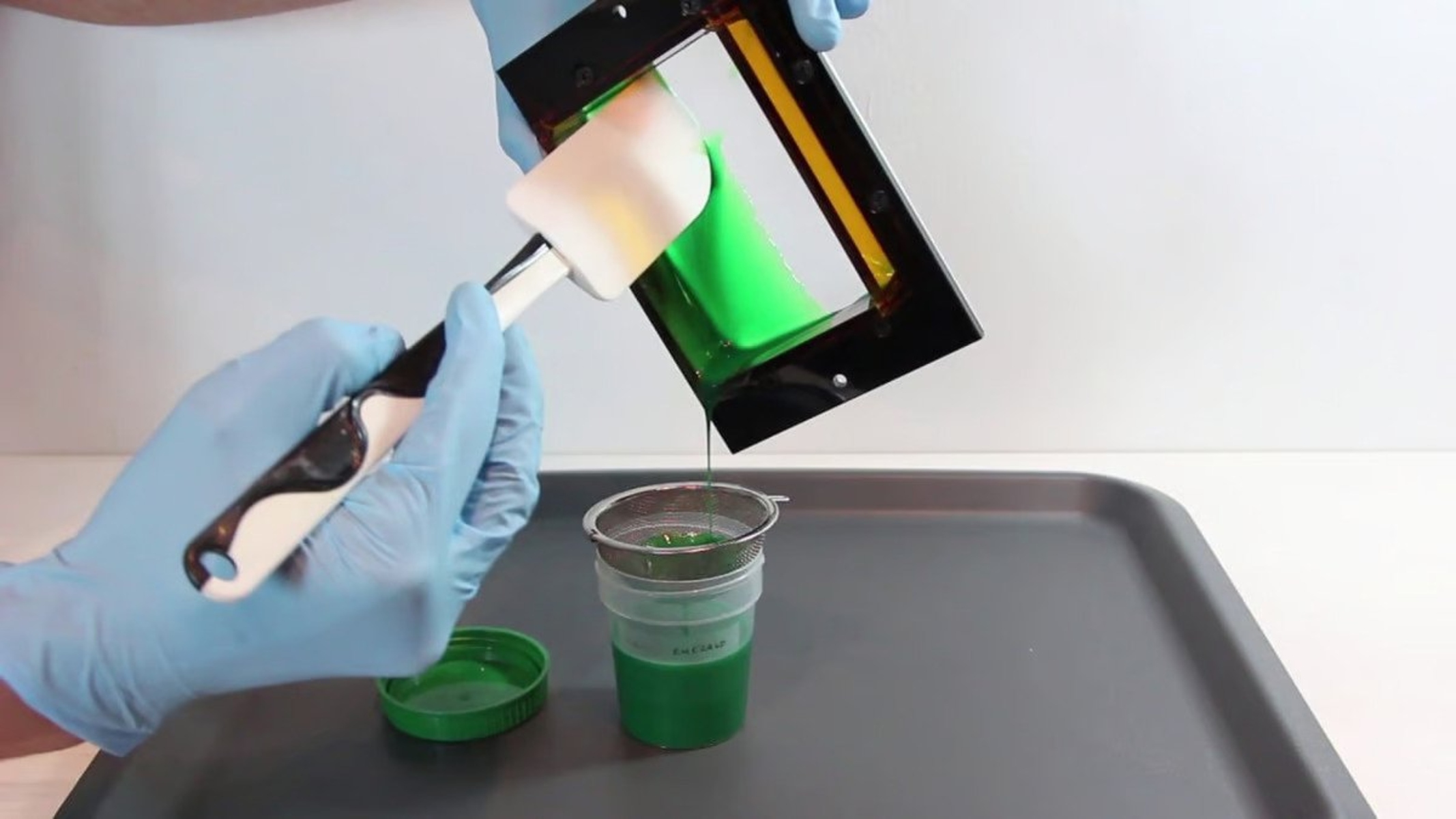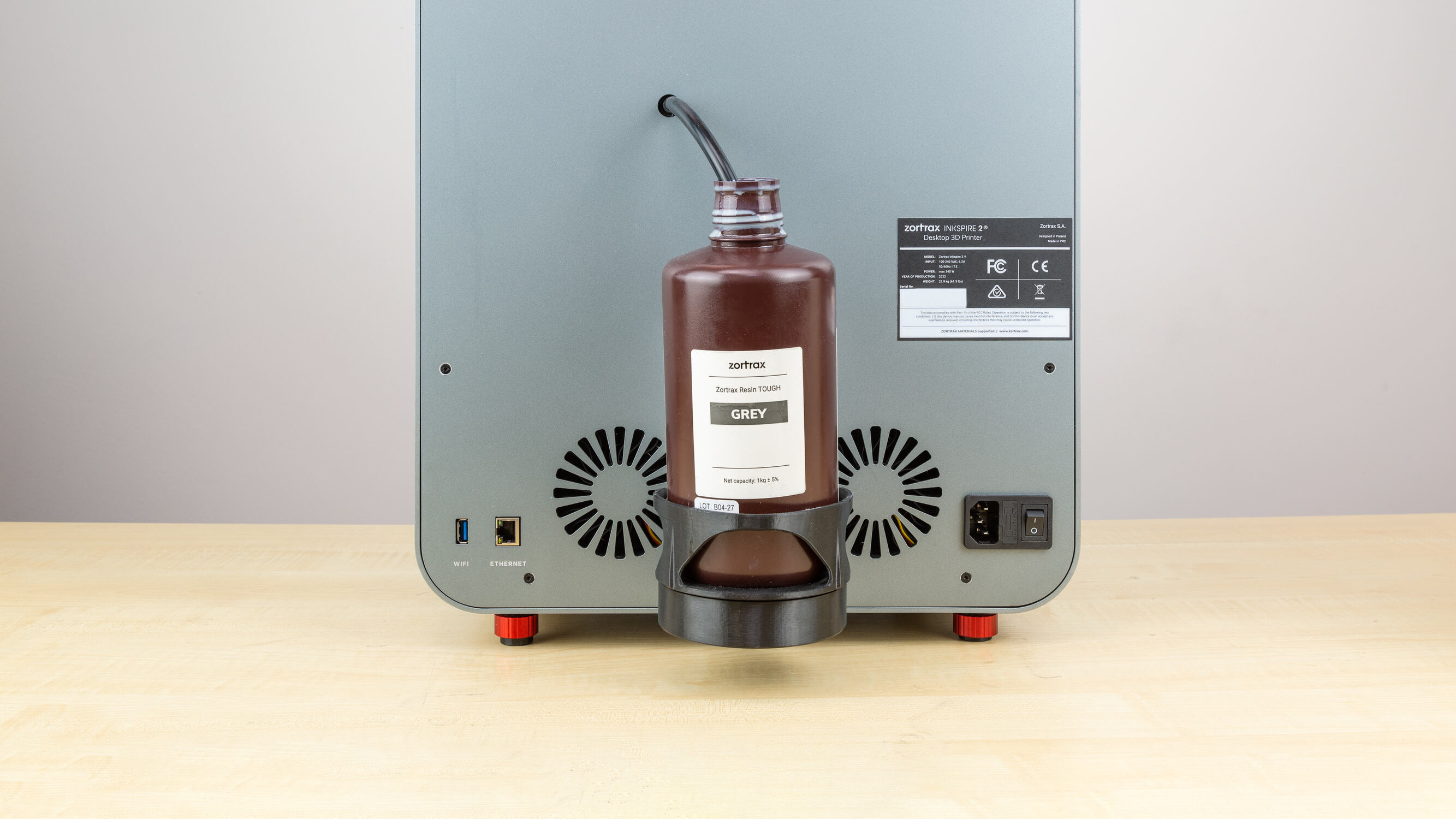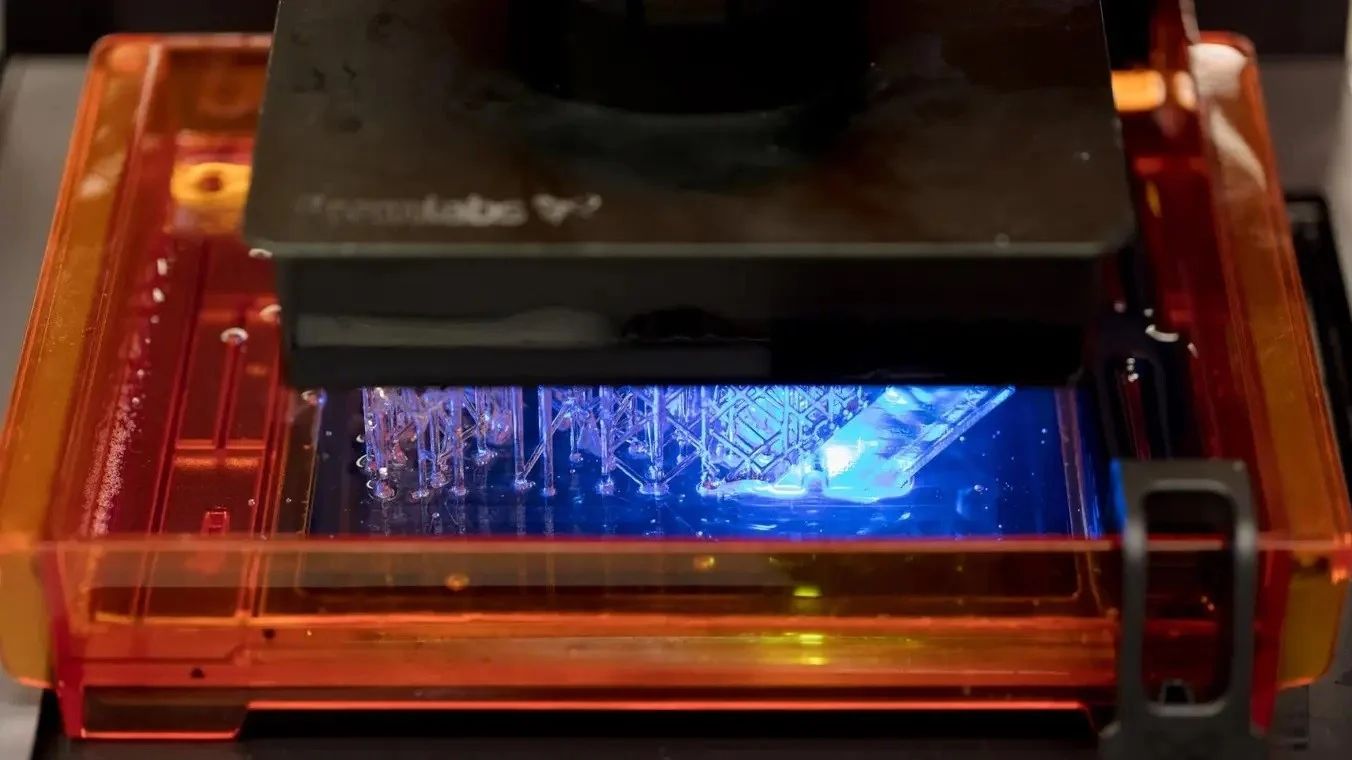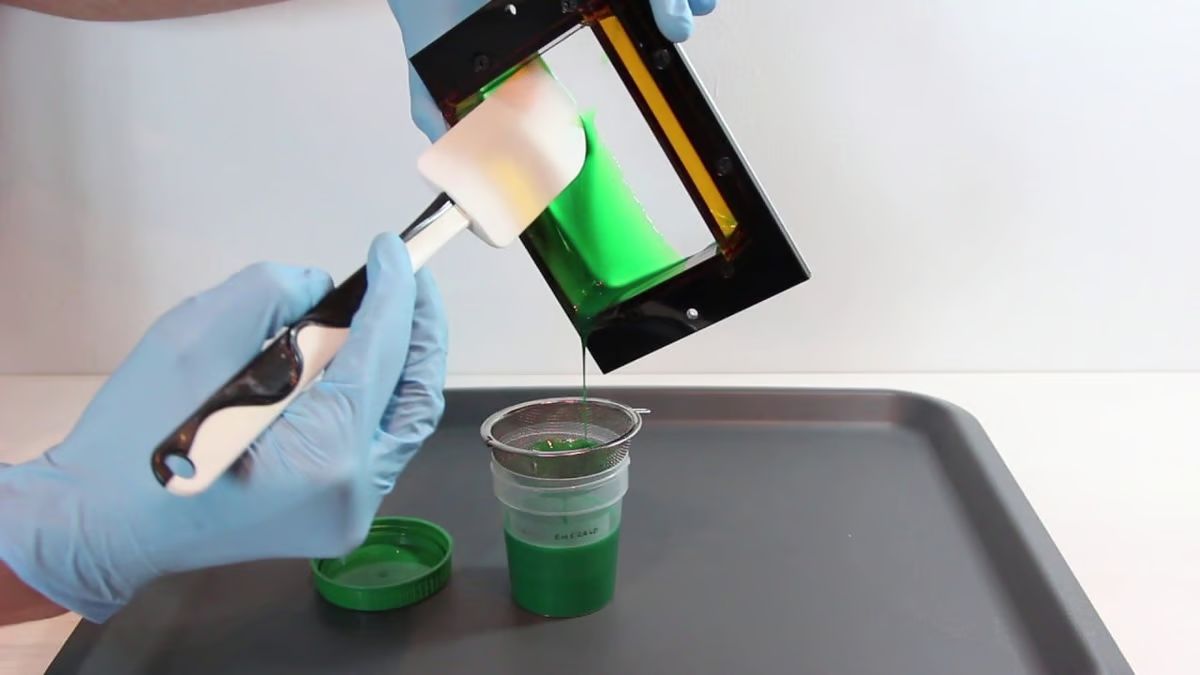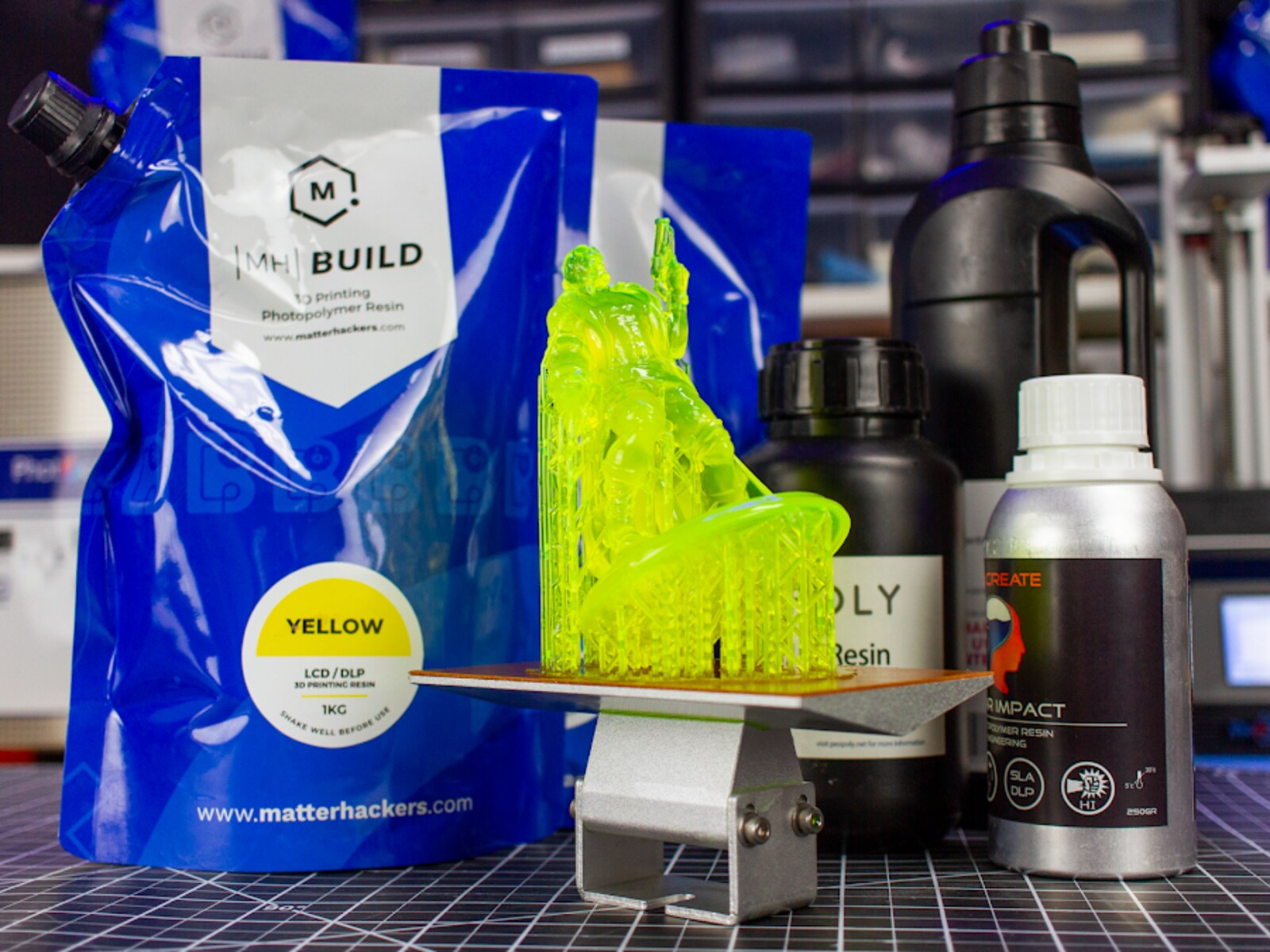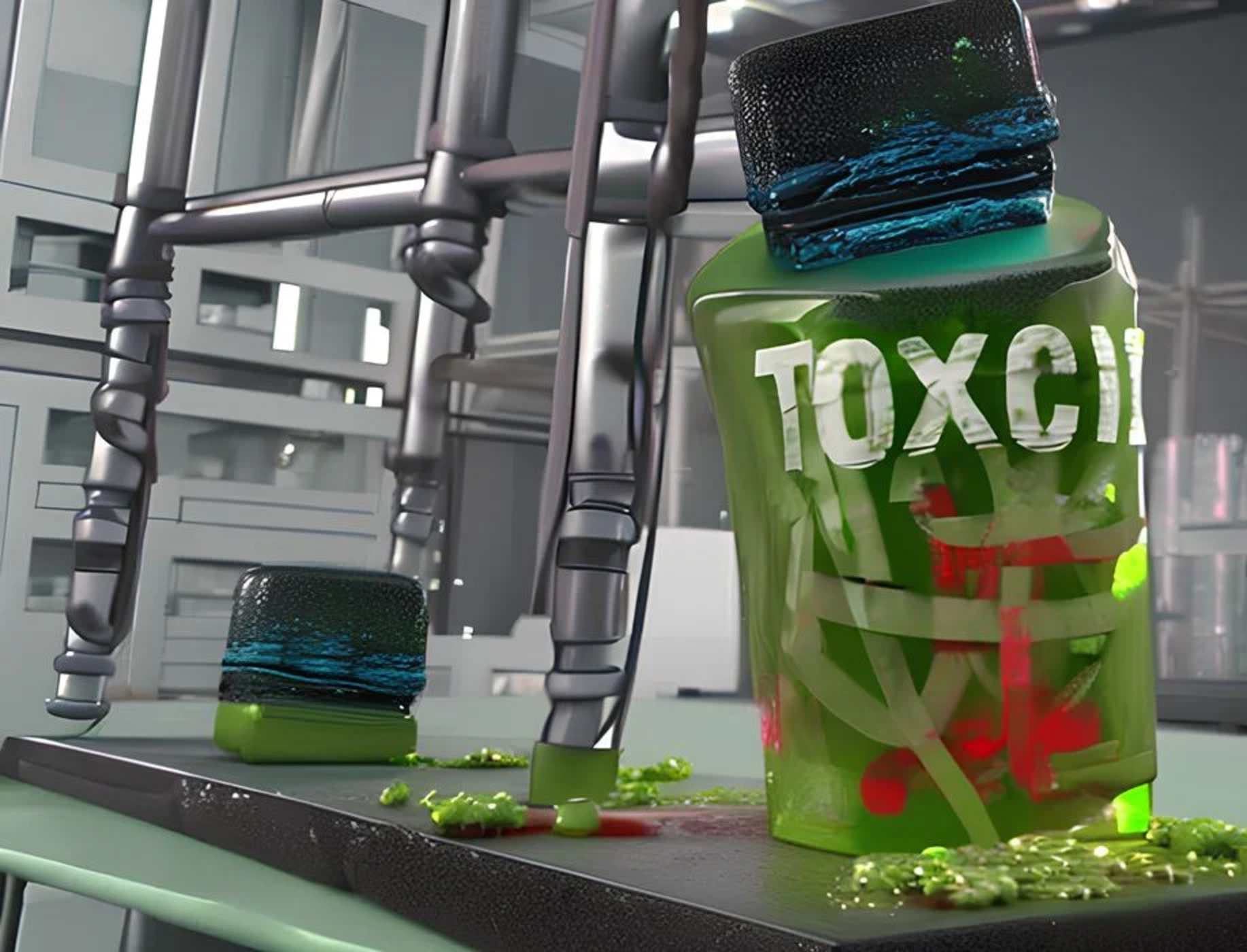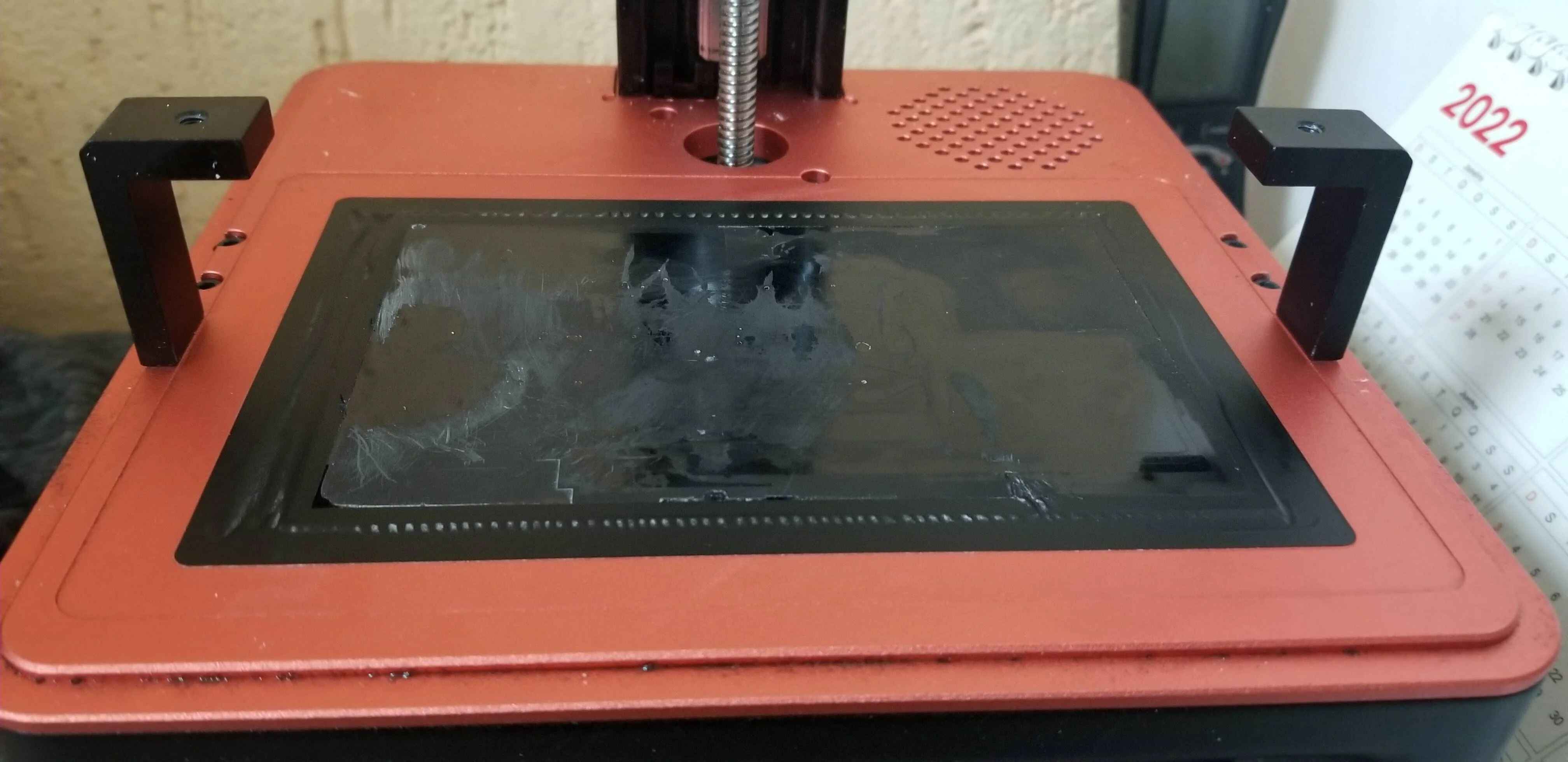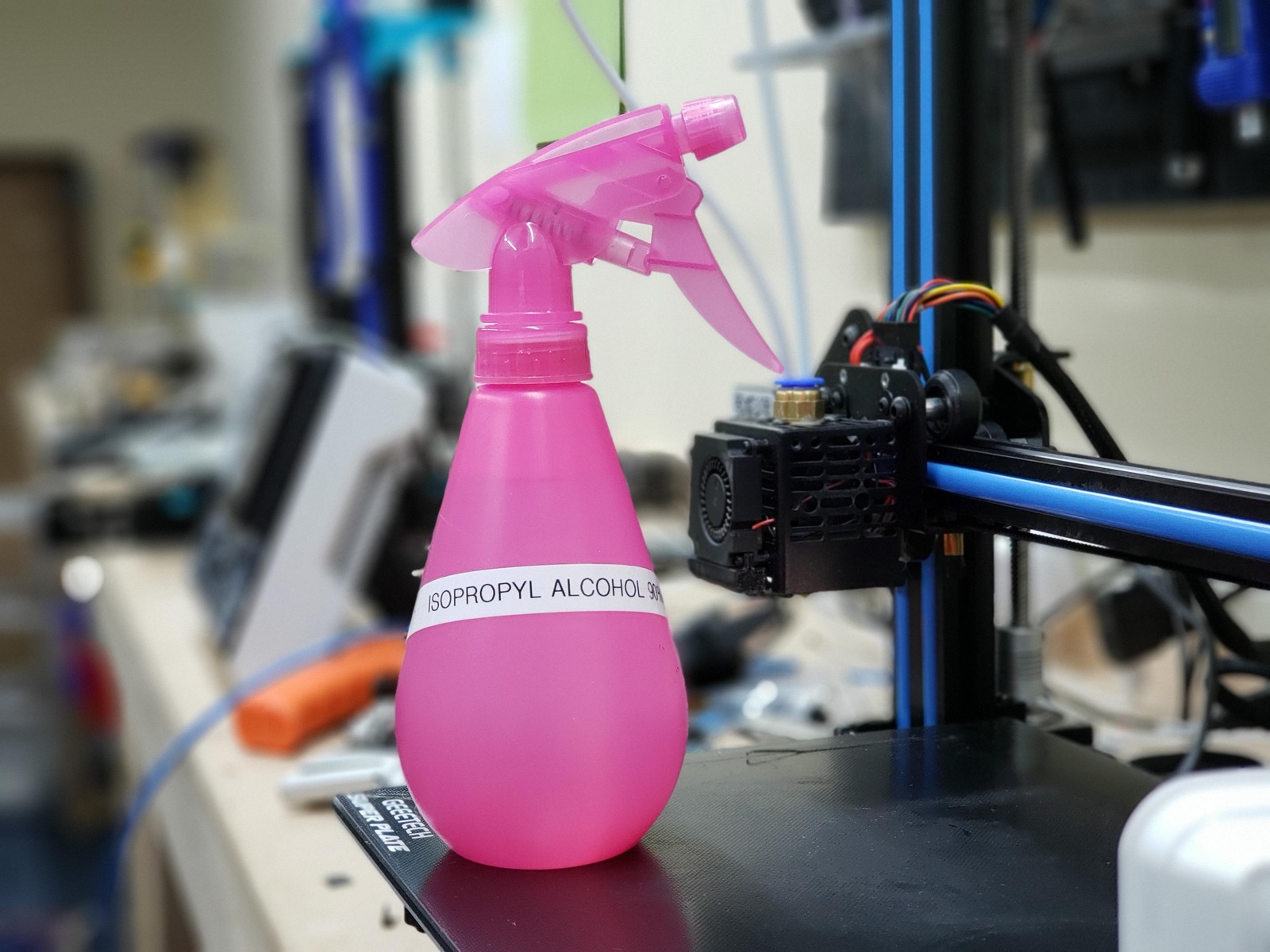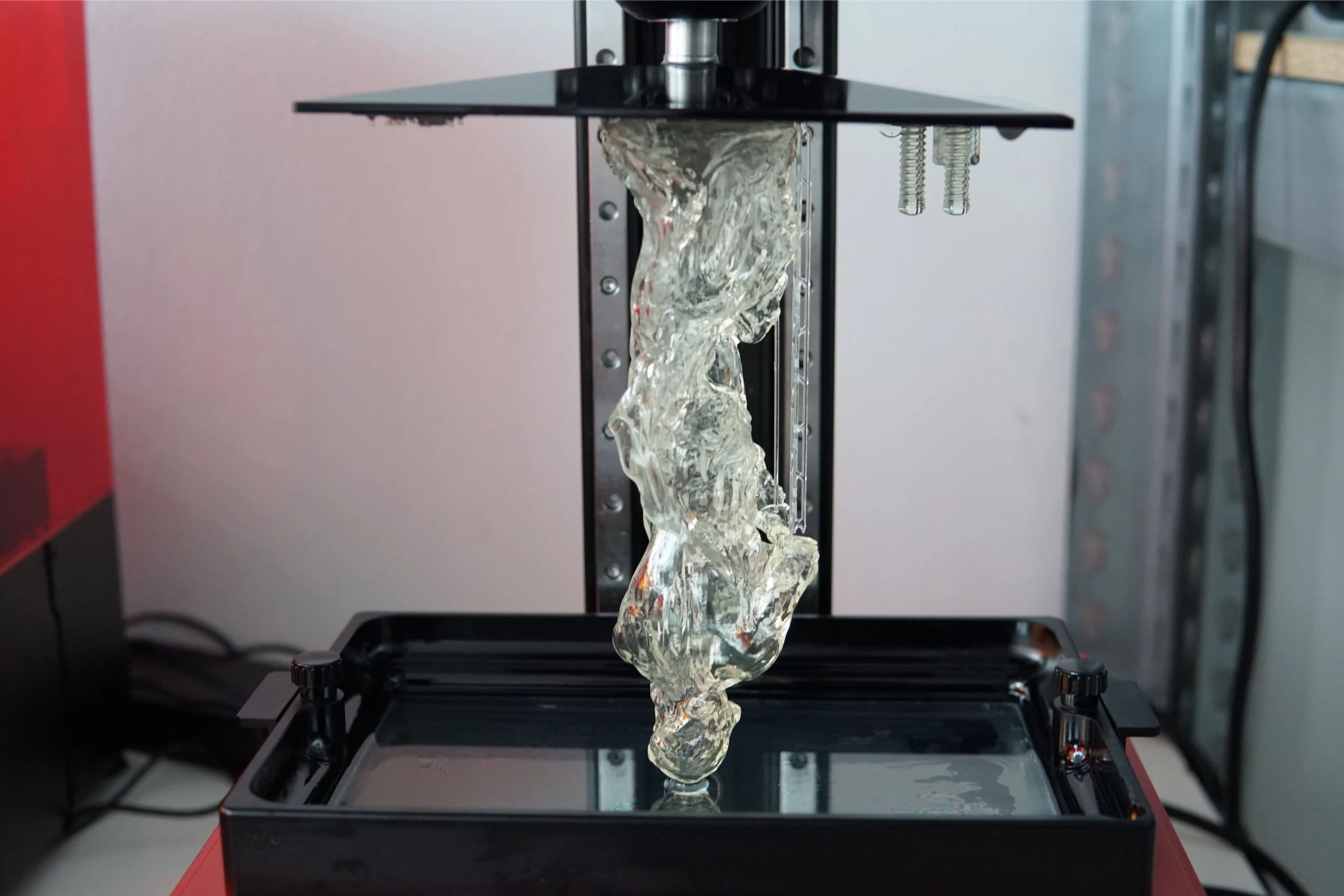Introduction
Resin 3D printing has revolutionized the world of manufacturing by offering unparalleled precision and detail. However, as with any form of 3D printing, it is crucial to understand the proper methods of disposing of resin to ensure environmental and personal safety.
Unlike traditional filament-based 3D printing, resin 3D printing involves the use of liquid resin that hardens when exposed to specific wavelengths of light. This process creates intricate and durable objects, making it popular among hobbyists and professionals alike. However, the disposal of resin and waste materials from the printing process poses unique challenges that need to be addressed responsibly.
In this article, we will discuss the safety precautions to consider when dealing with resin, the different methods of disposing of unused resin, and how to properly handle and discard cured resin prints. Additionally, we will explore recycling options for resin and provide guidelines for its proper disposal.
By adhering to these guidelines, you can ensure that your resin 3D printing activities are not only efficient and successful but also environmentally friendly and safe for you and those around you.
Safety Precautions
When working with resin, it is essential to prioritize safety to protect yourself and others from potential hazards. Here are some important safety precautions to keep in mind:
- Wear protective gear: Always wear gloves, safety goggles, and a protective apron or clothing when handling resin. This will help prevent direct contact with the resin, which can cause skin irritation.
- Work in a well-ventilated area: Resin emits fumes that can be harmful when inhaled. Ensure that your workspace is properly ventilated by opening windows or using a fume extraction system.
- Avoid contact with eyes and mouth: Accidental splashes or spills of resin can cause severe eye and mouth irritation. Be cautious and wash your hands thoroughly if you come into contact with resin.
- Keep resin away from open flames: Resin is highly flammable, so it is important to keep it away from any open flames or heat sources. Store it in a cool, dry place.
- Dispose of waste properly: Collect any excess resin or resin waste in a designated waste container. Do not dispose of it in regular trash or down the drain, as it can have harmful environmental impacts.
By following these safety precautions, you can minimize the risks associated with handling resin and ensure a safe working environment for yourself and those around you.
Understanding Resin
Before delving into the disposal methods for resin, it is important to have a basic understanding of what resin is and how it works in the context of 3D printing.
Resin, in the context of 3D printing, is a liquid material that becomes solid when exposed to specific wavelengths of light. It is typically made up of a combination of monomers, oligomers, photoinitiators, and other additives that give it the necessary properties for 3D printing. These resins come in a variety of types, including standard resins, flexible resins, and high-temperature resins, each offering different characteristics and applications.
Resin 3D printing involves curing the liquid resin layer by layer using either ultraviolet (UV) light or digital light processing (DLP) technology. This process is known as photopolymerization and creates highly detailed and intricate objects.
It is important to note that not all resins are created equal, and their disposal methods can vary. Some resins may be classified as hazardous substances due to their chemical compositions, while others may be more environmentally friendly. Therefore, it is crucial to check the specific safety data sheet (SDS) provided by the resin manufacturer to understand the proper disposal guidelines.
Understanding the characteristics and properties of the resin you are using is essential for choosing the appropriate disposal method and ensuring that you handle it in a safe and responsible manner.
Disposing of Unused Resin
When you have unused resin that you no longer need, it is crucial to dispose of it properly to minimize environmental impact and adhere to safety regulations. Here are a few methods for disposing of unused resin:
- Reusing the resin: If the resin is still in good condition and has not been contaminated, you may consider reusing it for future prints. You can remove the resin from the printer and strain it through a fine-mesh filter to remove any debris or cured bits. Store the filtered resin in a properly sealed container, away from direct sunlight or heat.
- Solidifying the resin: If reusing the resin is not feasible, you can solidify it by placing it in a designated container and exposing it to sunlight or a UV light source. The resin will cure and harden, turning it into a solid mass that can be disposed of safely.
- Epoxy resin disposal kits: There are commercially available epoxy resin disposal kits that provide a safe and convenient method for disposing of unused resin. These kits typically include substances that solidify the resin, making it easier to dispose of it as solid waste.
- Community recycling programs: Some communities offer recycling programs for certain types of resin. Check with your local recycling centers or hazardous waste disposal facilities to see if they accept resin for recycling.
- Disposal as hazardous waste: In certain cases, particularly if the resin contains hazardous components, it may be classified as hazardous waste. It is important to consult with local authorities or waste management facilities to determine the proper procedures for disposing of hazardous waste.
Remember, it is crucial to follow the instructions provided by the resin manufacturer and comply with local regulations when disposing of unused resin. By adopting responsible disposal practices, you can contribute to a cleaner and safer environment.
Curing and Cleaning Resin Prints
After successfully printing an object with resin, you will need to cure and clean the print to achieve its final hardened state and remove any uncured resin. Here are the steps to efficiently cure and clean resin prints:
- Remove the print from the printer: Carefully remove the print from the build platform, taking care not to damage the delicate features.
- Cure the print: Place the print under a UV light source or in a UV curing chamber. Follow the manufacturer’s recommended curing time and intensity to ensure complete curing of the resin. This step ensures the print achieves its maximum strength and stability.
- Post-curing (optional): For some resins, post-curing may be necessary to achieve optimal mechanical properties. This involves subjecting the cured print to additional heat or UV exposure, as specified by the resin manufacturer.
- Remove excess resin: After curing, carefully inspect the print for any excess or uncured resin. Use a soft brush or cotton swab soaked in isopropyl alcohol (IPA) to remove any residue. Be cautious not to apply excessive force to avoid damaging or breaking the print.
- Clean the print: To ensure a smooth surface finish, wash the print in a container of IPA or a specialized resin cleaning solution. Gently agitate the print to remove any remaining uncured resin. You may need to repeat this step several times with fresh IPA to achieve optimal cleanliness.
- Dry the print: After cleaning, allow the print to air dry in a well-ventilated area. Avoid using heat sources or compressed air for drying, as they may cause damage or attract dust particles.
By following these steps, you can achieve a professionally finished resin print that is free from uncured resin and ready for further post-processing or use.
Disposing of Cured Resin
Once you have finished curing and cleaning your resin prints, you may be left with waste material from the post-processing activities. It is crucial to dispose of this waste properly to minimize environmental impact. Here are some guidelines for disposing of cured resin:
- Solid waste disposal: Depending on your local regulations, you may be able to dispose of small cured resin pieces as solid waste. Seal them in a sturdy bag or container, separate from other household waste, and dispose of them in accordance with your local guidelines.
- Professional waste disposal services: If you have a significant amount of cured resin waste or are unsure about the disposal methods, consider contacting professional waste disposal services that specialize in handling hazardous or industrial waste. They can provide you with guidance and appropriate disposal solutions.
- Resin recycling: Some companies offer resin recycling services to help reduce waste and promote sustainability. These services typically process the cured resin waste to extract reusable materials for future manufacturing processes. Research and inquire about any available resin recycling programs in your area.
- Hazardous waste disposal: In certain cases, especially if the cured resin contains hazardous components, it may be classified as hazardous waste. Contact your local waste management facilities or check the regulations in your area to determine the proper procedures for disposing of hazardous waste.
It is important to handle cured resin waste with care and follow the guidelines and regulations established in your location. By disposing of cured resin responsibly, you can contribute to a cleaner and safer environment while adhering to local waste management practices.
Recycling Options for Resin
Resin, being a non-biodegradable material, poses significant environmental challenges when it comes to disposal. However, advancements in recycling technology have opened up possibilities for reusing and repurposing resin waste. Here are some recycling options for resin:
- Resin recycling programs: Some companies and organizations offer resin recycling programs specifically designed for 3D printing waste. These programs collect and process the resin waste, extracting usable components for future manufacturing applications. Research if any local or online resin recycling programs are available in your area.
- Resin filament production: Some recycling facilities specialize in converting resin waste into filament material for traditional filament-based 3D printing. Through a series of processing steps, the resin waste is transformed into high-quality filament spools suitable for reuse in 3D printers.
- Local recycling centers: Depending on your location, local recycling centers may accept certain types of resin for recycling. Check with your nearest recycling facility to find out if they accept resin and what their recycling process entails.
- Resin repurposing: Another option is to explore creative ways to repurpose resin waste. This can include using the waste material for artistic projects, jewelry making, or even as filler material in other resin-based applications. Get creative and find innovative ways to give your cured resin waste a new purpose.
It is important to note that not all resins are created equal, and their recycling capabilities may vary. Research the specific resin type you are using and consult with recycling facilities or programs to determine the appropriate recycling options available for that particular resin.
By choosing to recycle resin waste, you can contribute to a more sustainable approach to 3D printing and help reduce the environmental impact associated with the disposal of resin waste.
Proper Disposal of Resin
Proper disposal of resin is crucial to protect the environment and adhere to waste management regulations. By following these guidelines, you can ensure responsible disposal of resin waste:
- Unused resin: If you have unused resin, consider reusing or solidifying it for proper disposal. Reusing resin for future prints reduces waste, while solidifying it makes it easier and safer to dispose of as solid waste.
- Cured resin: When disposing of cured resin, separate it from other waste and dispose of it as instructed by your local regulations. This may involve sealing it in a bag or container and disposing of it with solid waste, recycle it, or follow specific procedures for hazardous waste.
- Recycling options: Explore resin recycling programs or facilities that can repurpose or transform resin waste into reusable materials. Filament production or repurposing resin waste for artistic projects are some examples of recycling options.
- Consult local guidelines: It is important to be aware of and abide by the waste management guidelines and regulations in your specific area. Check with local authorities, recycling centers, or waste disposal facilities to ensure compliant disposal methods.
- Resin cleaning solutions: Avoid disposing of resin cleaning solutions directly down the drain. These solutions can still contain uncured resin or other harmful chemicals. Allow the solution to evaporate in a well-ventilated area, preferably in a designated container, and dispose of the solid residue as appropriate.
Remember, proper disposal of resin not only protects the environment but also ensures the safety of yourself and others. By following these guidelines and promoting responsible waste management practices, we can contribute to a cleaner and more sustainable future.
Conclusion
Disposing of resin waste from 3D printing requires careful consideration to ensure environmental sustainability and personal safety. By following the proper disposal methods, we can minimize the impact of resin on our surroundings and contribute to a cleaner future.
Understanding resin properties and safety precautions is the first step in responsible resin disposal. By prioritizing protective gear, working in well-ventilated areas, and following appropriate safety measures, we can minimize risks and ensure a safe working environment.
When it comes to disposing of unused resin, reusing or solidifying it are viable options. Reusing resin for future prints reduces waste, while solidifying it through sunlight exposure or epoxy resin disposal kits makes it easier and safer to dispose of as solid waste.
Curing and cleaning resin prints is essential for achieving optimal strength and surface finish. Proper post-curing techniques and thorough cleaning with isopropyl alcohol or resin-specific cleaning solutions ensure the removal of uncured resin and a professionally finished print.
Disposing of cured resin requires adhering to local regulations. Options include disposal as solid waste, utilizing resin recycling programs, or engaging professional waste disposal services. Hazardous waste disposal procedures should be followed if necessary.
Recycling resin waste offers a sustainable approach by repurposing it into filament material for traditional 3D printing or exploring creative uses for artistic projects. Researching local recycling facilities or resin recycling programs can help identify the best recycling options available.
To conclude, responsible disposal of resin waste is essential to protect the environment and maintain a safe working environment. By adhering to safety precautions, understanding resin properties, and utilizing proper disposal methods, we can contribute to a sustainable future for resin 3D printing.







